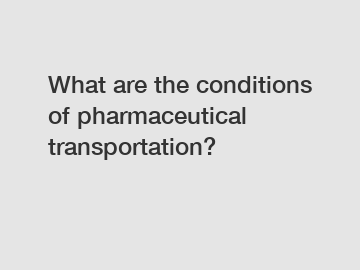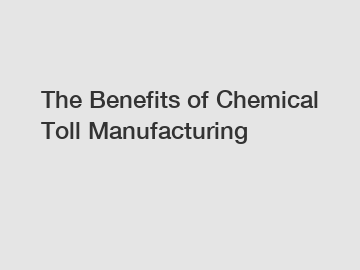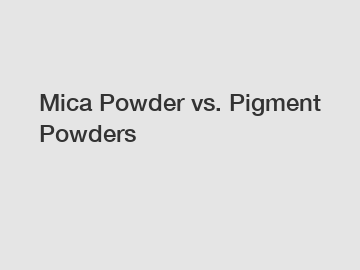Understanding PVA and Its Environmental Impact
Polyvinyl alcohol (PVA) is a synthetic polymer widely used in various industries for its versatile properties. While PVA offers numerous benefits in terms of functionality and performance, its production and disposal can have significant environmental implications.
1. Production Process:
The production of PVA involves the polymerization of vinyl acetate monomers, followed by hydrolysis to convert them into vinyl alcohol units. This process typically requires the use of various chemicals, including catalysts, solvents, and stabilizers, some of which may be toxic or hazardous to the environment if not managed properly. Additionally, energy-intensive processes are often involved in the synthesis and purification of PVA, leading to greenhouse gas emissions and energy consumption.
2. Environmental Concerns:
Despite its biodegradability under certain conditions, PVA poses environmental challenges, particularly when released into aquatic environments. PVA films and products can persist in water bodies for extended periods, contributing to pollution and disrupting ecosystems. Additionally, the breakdown of PVA may release microplastics into the environment, further exacerbating the problem of plastic pollution in oceans and waterways.
3. Waste Management:
Proper disposal of PVA-containing products is essential to minimize their environmental impact. While PVA is technically biodegradable, the conditions required for its degradation, such as high temperatures and microbial activity, may not be readily available in landfills or marine environments. As a result, PVA waste may persist in the environment for years, contributing to pollution and ecosystem degradation.
4. Sustainable Alternatives:
Recommended article:What should the selection of disinfectants be based on?
Iridium III Acetate: What You Need to Know About This Rare Compound
Exploring the Uses of Pyrenecarboxaldehyde 3029-19-4
9 Bromoanthracene: What Is It, How to Use It, and Why It's Trending Now
Unlocking the Power of Precious Metal Catalysts: Answers to Your Top Google Questions
Unveiling the Truth: Is CAS 472-61-7 Safe for Consumption?
How Does NaAuCl4 Benefit Electrochemical Applications?
To mitigate the environmental impact of PVA, companies and consumers can explore sustainable alternatives and practices. This may include:
Biodegradable Polymers: Investing in the development and use of biodegradable polymers derived from renewable sources can help reduce reliance on PVA and other synthetic plastics. Biopolymers such as polylactic acid (PLA) and polyhydroxyalkanoates (PHA) offer similar functionality to PVA while being more environmentally friendly.
Recycling and Circular Economy: Promoting recycling initiatives and adopting circular economy principles can help minimize the environmental footprint of PVA-containing products. By recovering and reusing PVA materials, companies can reduce waste generation and conserve resources, contributing to a more sustainable future.
Product Design and Innovation: Designing products with end-of-life considerations in mind, such as easy disassembly and recyclability, can enhance the sustainability of PVA-based materials. Innovations in material science and packaging design can also lead to the development of more eco-friendly alternatives to traditional PVA products.
Conclusion:
While PVA offers valuable properties and benefits in various industrial applications, its environmental impact must be carefully considered and addressed. By adopting sustainable practices, investing in alternative materials, and promoting responsible waste management, we can minimize the negative effects of PVA on the environment and work towards a more sustainable future. Collaboration between industry stakeholders, policymakers, and consumers is essential to drive positive change and mitigate the environmental impact of PVA and other synthetic polymers.
The Ultimate Buyer's Guide for Purchasing Fullerene Factory
How do Silver Ion Spray sanitizers work?
Uiv Chem Nano Silver Powder vs Traditional Silver Products
Trimethyl Borate 121-43-7 vs. Other Borate Compounds: Comparison Guide
Revolutionizing Display Technology: UIV Chem OLED Materials - Which Device Will Benefit Most from These Innovations?
Unveiling the hidden risks of chemical 287493-15-6: Is your health at stake?
What Are the Key Questions to Ask When Ordering Silver Ion Spray?










Comments
0